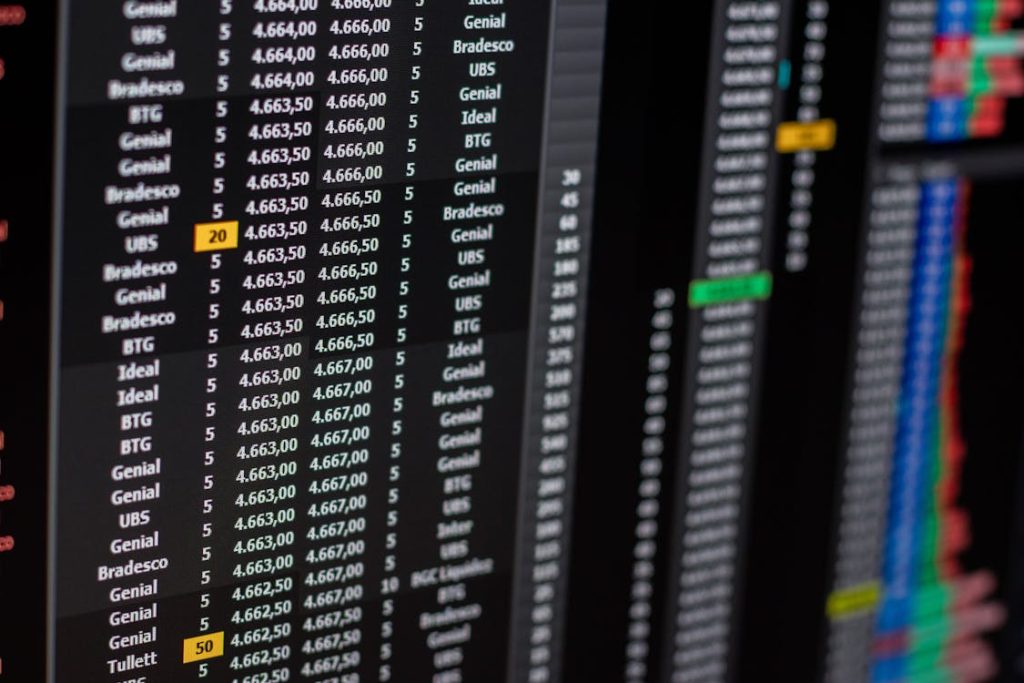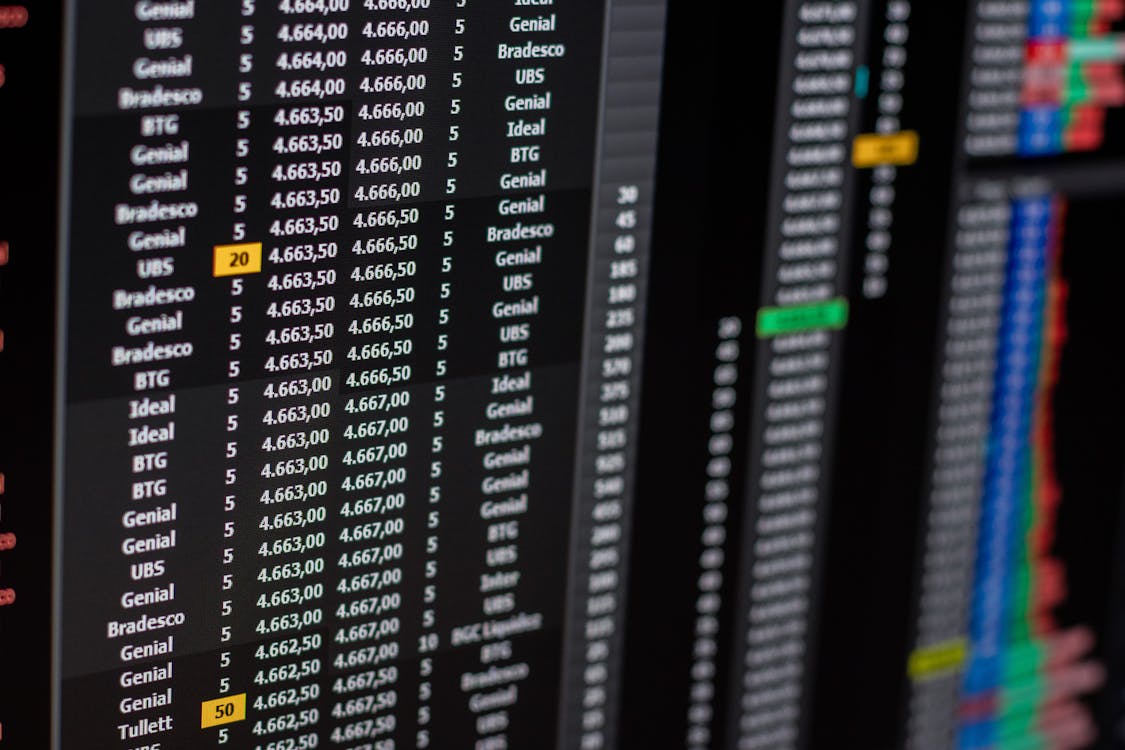Decoding the Real Forces Behind Currency Fluctuations
The foreign exchange (Forex) market is the largest and most liquid financial market in the world, with trillions of dollars traded daily. But what causes currency prices to rise or fall? While technical analysis focuses on chart patterns and indicators, understanding the core drivers of price movement requires digging into the fundamentals. Let’s explore the most influential forces that move currencies in today’s global market.

1. Interest Rates and Monetary Policy
Interest rates are one of the most powerful tools in determining a currency’s value. When a country raises its interest rates, foreign investors are more likely to invest in its bonds and other interest-bearing assets, increasing demand for its currency. Conversely, a rate cut usually weakens the currency.
Central banks — such as the U.S. Federal Reserve, the European Central Bank (ECB), and the Bank of Japan — regularly adjust interest rates to control inflation and stimulate or cool down the economy. Forex traders closely monitor these decisions, as well as statements and projections from policymakers, for signs of future rate changes.
2. Inflation Rates
While inflation is a natural economic phenomenon, high inflation erodes a currency’s purchasing power. When inflation rises rapidly and uncontrollably, it typically leads to a devaluation of the currency. On the other hand, low and stable inflation supports currency strength because it maintains the value of assets denominated in that currency.
Traders often look at the Consumer Price Index (CPI) and Producer Price Index (PPI) to gauge inflation trends and anticipate central bank reactions.
3. Economic Growth and Indicators
Strong economic growth typically leads to currency appreciation. A growing economy attracts foreign investment, which increases demand for the local currency. Key indicators that reflect economic strength include:
- GDP (Gross Domestic Product): Measures overall economic output.
- Employment Reports: High employment rates often signal economic stability and may lead to interest rate hikes.
- Retail Sales and Industrial Production: Reflect consumer spending and business activity.
Unexpected positive or negative releases of these indicators often cause sharp moves in currency pairs.
4. Political and Geopolitical Stability
Markets hate uncertainty. When a country faces political unrest, corruption, war, or unexpected leadership changes, its currency often suffers. On the flip side, countries with stable governments and transparent policies tend to attract long-term investors and maintain stronger currencies.
Recent examples include how Brexit affected the British pound, or how the Russia-Ukraine conflict impacted both the Russian ruble and broader market risk sentiment.
5. Trade Balance and Current Account
The trade balance — the difference between a country’s exports and imports — impacts currency strength. A surplus (more exports than imports) supports currency value, while a deficit can weaken it.
Additionally, the current account includes net income from abroad and direct transfers. A persistent deficit means more outflow of the local currency to pay for imports or debt, which can pressure the currency lower.
6. Market Sentiment and Speculation
Sometimes, it’s not about hard data but how the market interprets it. Traders often react based on expectations rather than reality. For instance, if a central bank is expected to raise rates, the currency may strengthen before the official announcement.
Large institutional traders, hedge funds, and even retail sentiment (as seen in the Commitment of Traders report) can all influence short-term price swings. In this way, the forex market is both reactive and anticipatory.
7. Safe Haven Currencies
In times of global uncertainty or financial crisis, investors tend to flock to “safe haven” currencies like the U.S. dollar (USD), Swiss franc (CHF), and Japanese yen (JPY). These currencies typically strengthen during periods of market stress or recession fears, even if their domestic economies are not performing strongly.
This behavior reflects psychological risk aversion and capital preservation, further illustrating that forex prices are shaped by both logic and emotion.


